How Does a Baseball Pitching Machine Work?
Although pitching machine technology has come a long way, the mechanics of a hitting machine remain relatively simple. From the time the pitching machine was invented until now, lots of improvements have been made.
In this article, we will cover all the different types of machines in today's market and how each machine works.
In most machine styles, spinning wheels grab the ball and throw it toward the batter. This makes a portable pitching machine the tool of choice during batting practice, as a machine doesn't get tired the way a real pitcher does.

(In the image above, the coach holds the ball in the air so the batter can see it before it is pitched. The coach will then place the baseball in the chute, where it will meet the spinning wheels before it is pitched to the batter)
The most common and popular pitching machine types that exist in the market today are either wheel pitching machines or arm-style pitching machines ( this includes mechanical pitching machines or those that are electrically powered).
With a wheel-style pitching machine, a wheel is constantly spinning, much like a bike tire. With this style of pitching machine, the ball is fed into a chute, where it will touch the spinning wheel or wheels. The moment the baseball touches the spinning wheels, the baseball is instantly grabbed and projected forward in an accurate and fast motion, simulating a real pitch scenario.
A circular wheel machine includes either one wheel, two or three wheels, each with its own features and applications.
For more backstory and information on pitching machines, check out our article about who invented the pitching machine.
Are you ready? Let's dive in!
How does a One-Wheel Pitching Machine Work?
The most fundamental of pitching machines, is a one wheel pitching machine. In a one-wheel pitching machine, the spinning wheel propels the baseball or softball and pitches it toward the batter at home plate.
Because of its simple design, these pitching machines can only pitch fastballs and cannot throw curve balls.
One-wheel pitching machines, like those from Jugs pitching machines, are great for little league kids who want to have a productive batting practice. These pitching machines can throw fastballs, pop flies, fly balls, and grounders.
Note: If you're using a one wheel pitching machine on a little league baseball field and the machine doesn't have the power to make it to home plate, just try moving the machine a shorter distance to home plate. This can, in turn, improve your hitter's reaction time.
How Does a Two-Wheel Pitching Machine Work?
Two-wheel pitching machines, like their one wheel counterparts, work by two wheels spinning at high speeds, grabbing the ball and projecting it forward. Usually, the person operating the machine manually places the baseball or softball into a circular chute, and the ball is fed into the two wheels.

Because there are two wheels, the pitching machine can manipulate how the ball moves in the air. For example, if one wheel is moving faster than the other wheel, it will create a spin on the ball. When done correctly, the right amount of spin creates breaking pitches, like curve balls and other breaking balls.
These pitching machines can throw different pitches, like fastballs and curve balls, or even do training drills (and even solo drills), like throwing grounders, line drives, and pop fly balls.
There are many wheel-style pitching machines, but most come with an automatic ball feeder option, making solo batting practice possible.
How Does a Three-Wheel Pitching Machines Work?
At the top of the food chain, you will find three-wheel pitching machines. A three-wheel machine works like a 1 or 2 wheel pitching machine but with more power accuracy and variation of pitches.

In a pitching machine like the Jugs BP3, there are three wheels and three motors. The baseballs are hand-fed into the chute, landing in the middle of the three spinning wheels.
Taking the same idea and logic as a two-wheel pitching machine, the three wheels spin to thrust the ball forward, creating the feeling of a real pitch from a real pitcher. Each wheel has its own motor and can spin at different speeds, creating different pitches.
Want to throw a fastball? Keep the wheels spinning at the same speeds. Want to throw a curveball? Adjust the settings on the machine to change the speeds of each wheel, which will create a curveball or any pitch type. Additionally, three-wheel pitching machines can throw pop-fly balls, line drives, infield grounders, catcher's pop-ups, and more.
And softball players, don't fret. Each of these pitching machines mentioned in this article is also available in a softball model!
How Does an Arm Pitching Machine Work?
Remember being in Little League and going to batting practice? Chances are, you hit from an arm action machine, otherwise known as an arm-style pitching machine. Arm action machines are simple and work like this: a baseball is fed into a steel arm, and the arm accurately catapults the baseball forward to the batter.

(courtesy of batdigest.com)
Because the baseball is thrown from a steel arm, it simulates a scenario in which a ball is thrown from an actual pitcher, making it more realistic. Because of the arm delivery, the batter can better time the pitch, therefore increasing their reaction time.
An Arm action machine can throw a baseball at variable speeds, from 25-80 mph, or softballs at speeds of 20-60 mph.
An arm action machine is less technically advanced than a 1, 2, or 3-wheel pitching machine and, therefore, is limited to which pitches it can throw. Because of this, an arm action machine can only throw fastballs down the middle of the plate.
The upside is that an arm-style pitching machine will throw consistent strikes down the middle of the plate, making for good batting practice, but it cannot throw breaking balls (no curveballs, sliders, etc.)
So, if you or your kid want to work on your swing and making contact with the ball, an arm action machine is a great option. On the other hand, if you want your kid to learn how to hit breaking balls, you'll want to invest in a three-wheel pitching machine.
How Does a Mechanical Pitching Machine Work?
The simplest type of pitching machines are mechanical machines. A mechanical pitching machine is similar to an arm-style machine in that they both utilize an arm to propel (much like a catapult) a baseball forward.

Having a mechanical pitcher throw a baseball to you during batting practice is a cheap and easy alternative to an actual pitcher.
Arm Style vs Mechanical Pitching Machines
The main difference between an arm-style machine and a mechanical pitching machine is that the mechanical machine is not powered by a motor (no extension cords on the field) and is, therefore, less powerful.
A mechanical machine can throw baseballs and softballs from speeds of 18 to 45 mph, making it an excellent option for young little league players.
In fact, our Louisville Slugger Blue Flame mechanical pitching machine is the official pitching machine of Babe Ruth, Cal Ripken, and Pony Leagues.
We carry both the Louisville slugger Blue Flame and Black Flame mechanical pitching machine, each of which is a great option for any little league player.
Are Pitching Machines Accurate?
Pitching machines are highly accurate, offering consistent speed and pitch placement. They are engineered for precision, allowing players to practice against various pitch types reliably. This accuracy is essential for developing consistent batting skills and is a significant advantage over variable human pitching in training scenarios.
For increased accuracy and consistency, be sure to use the same type of balls for your pitching machine, and make sure they are clean.
Final Words
We hope this article helped you understand how a pitching machine works. Now that you know how these batting machines work, you might wonder how to use a pitching machine. Click here to learn how to use a pitching machine.
If you have any questions, don't hesitate to call us at (888) 466-0009 or check out our blog post about the best pitching machines for baseball here.

 Contact Us
Contact Us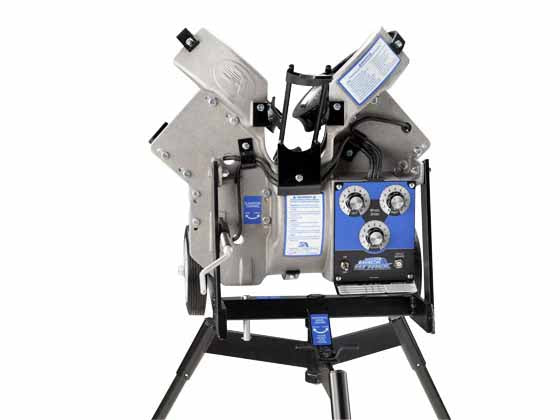
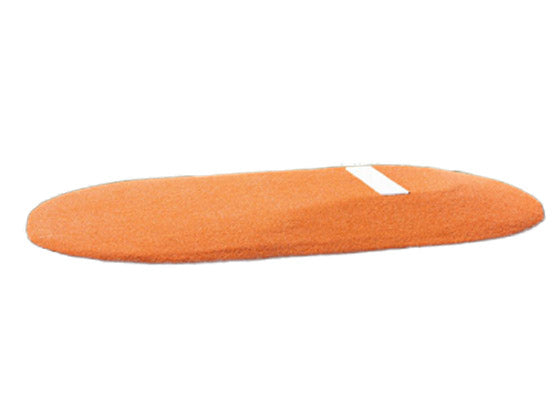
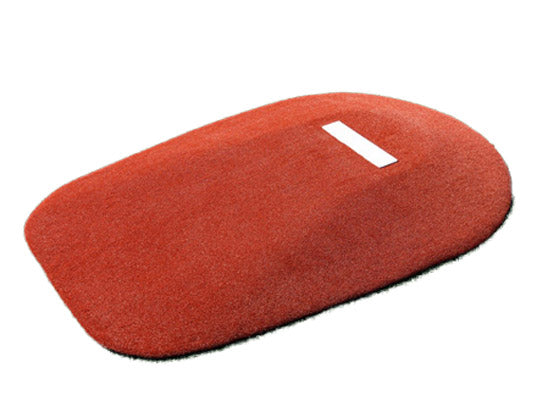
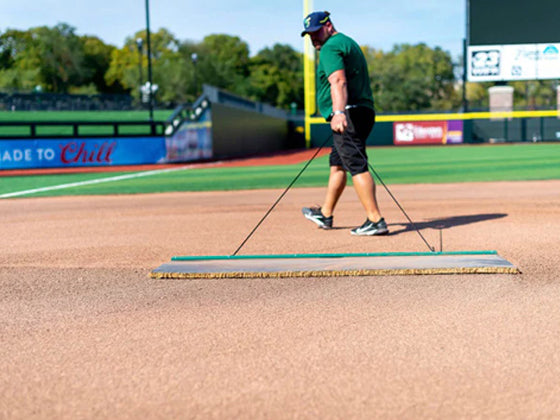

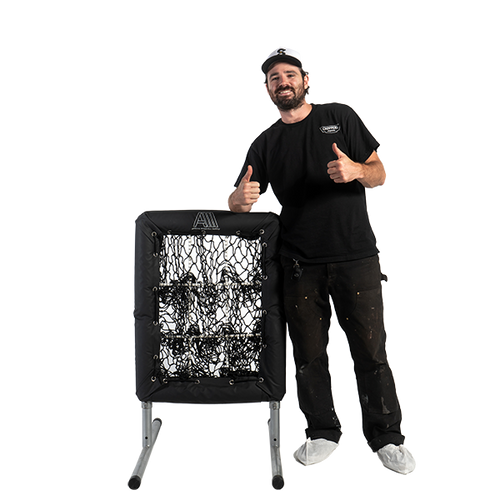
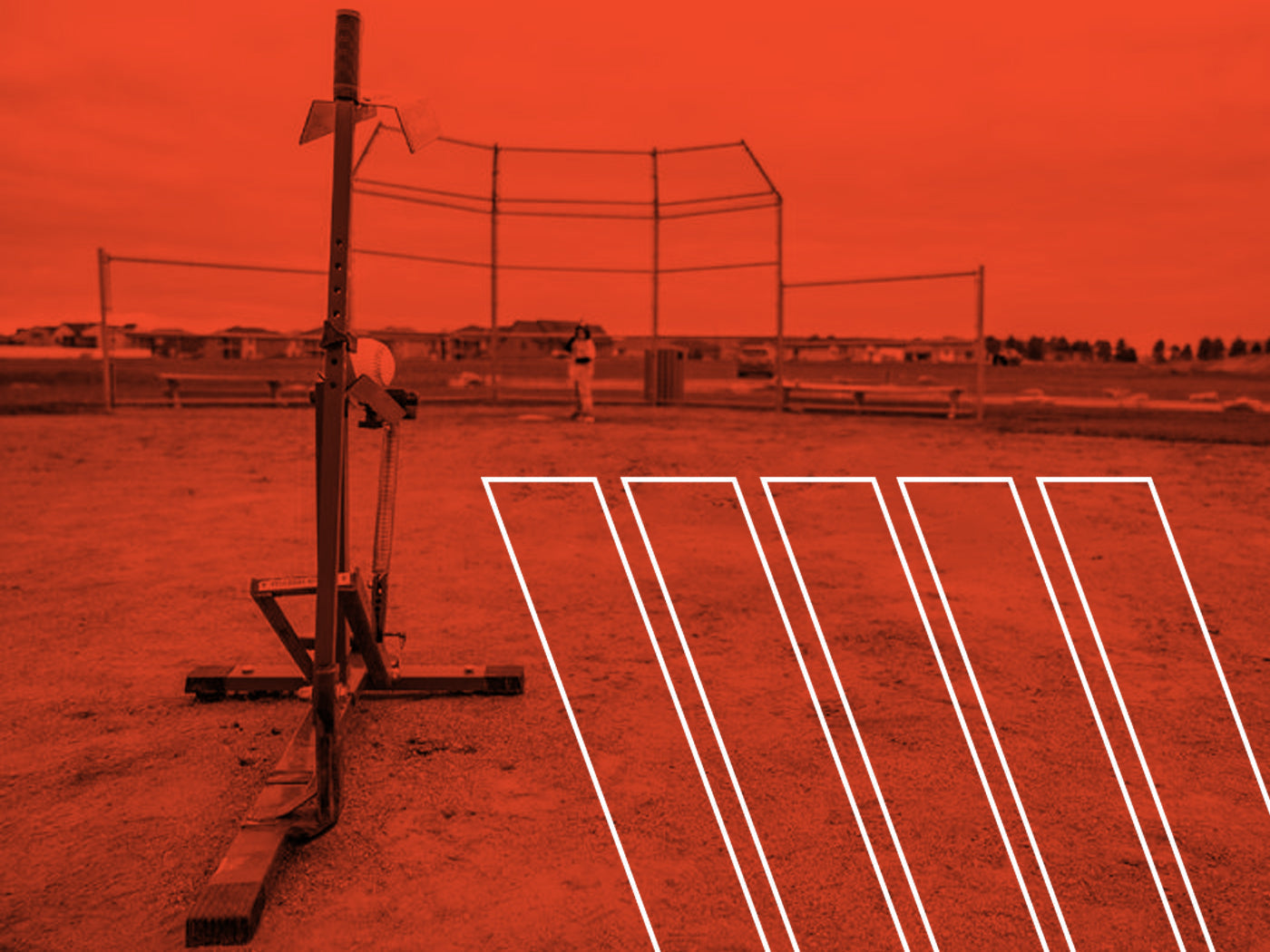
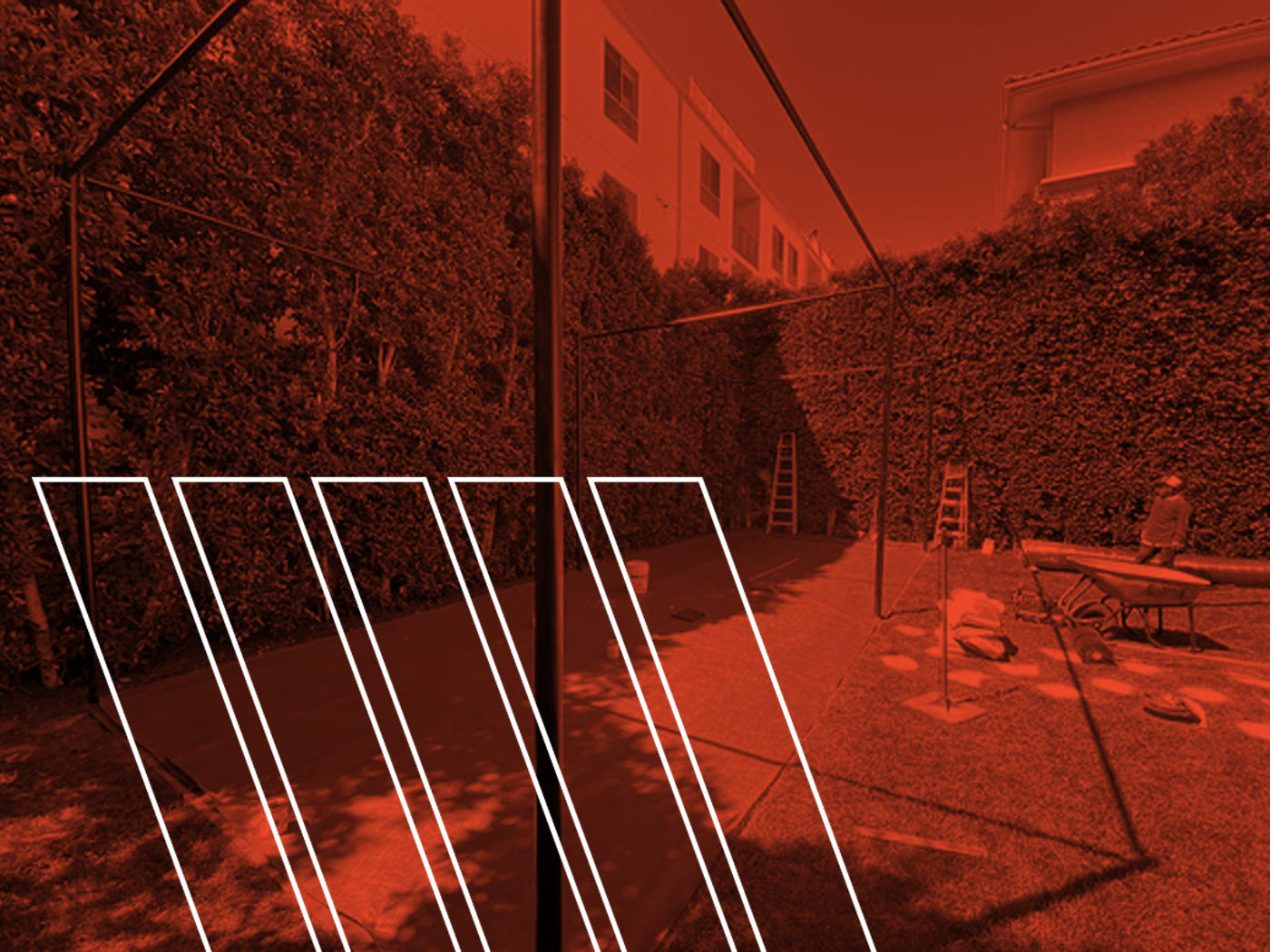
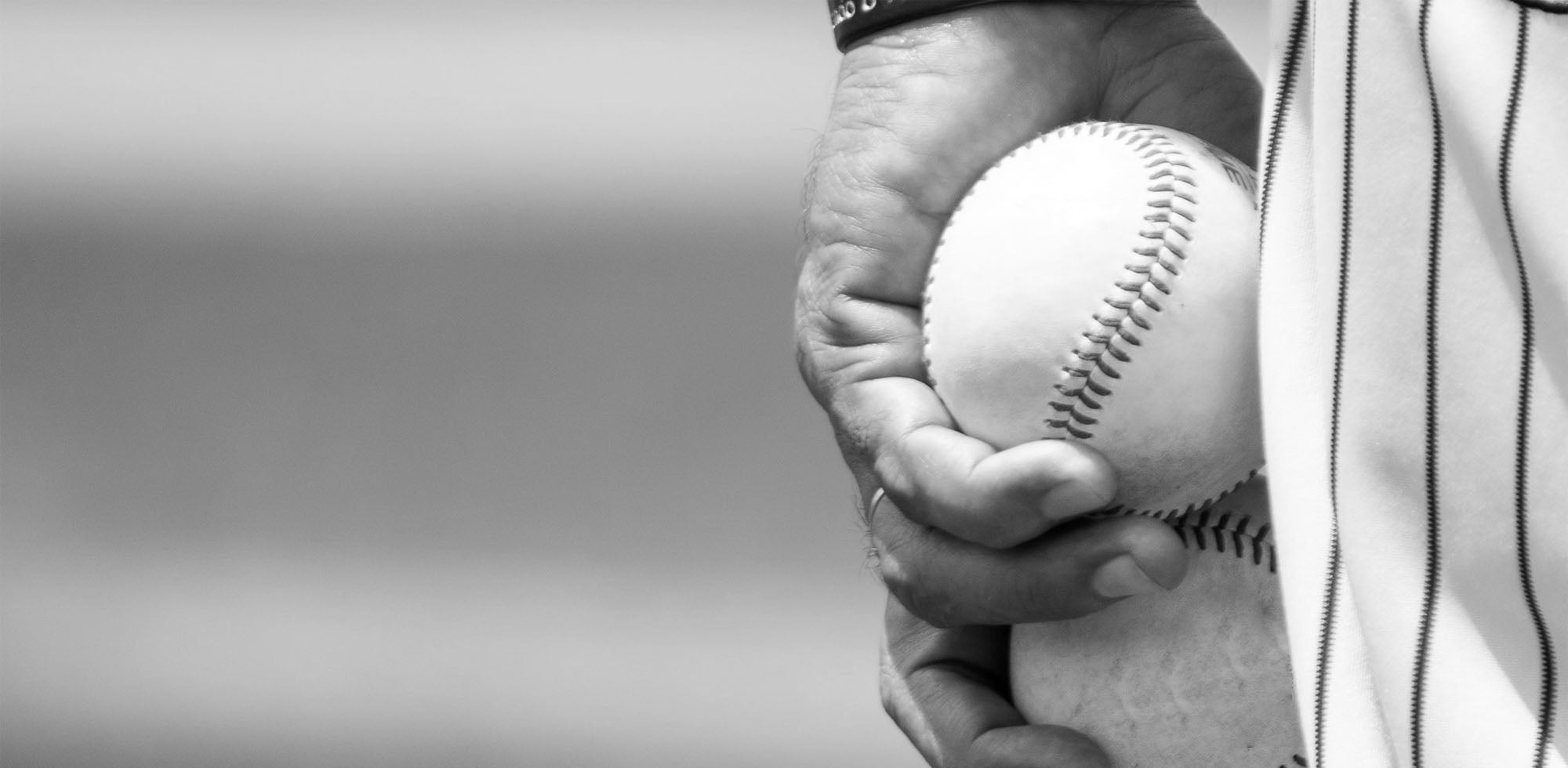
2 comments
Brayden
Thank you for making this it helped me out with a last minute project for school (I am in seventh grade)
Thank you for making this it helped me out with a last minute project for school (I am in seventh grade)
Brayden
Thank you for making this it helped me out with a last minute project for school (I am in seventh grade)
Thank you for making this it helped me out with a last minute project for school (I am in seventh grade)